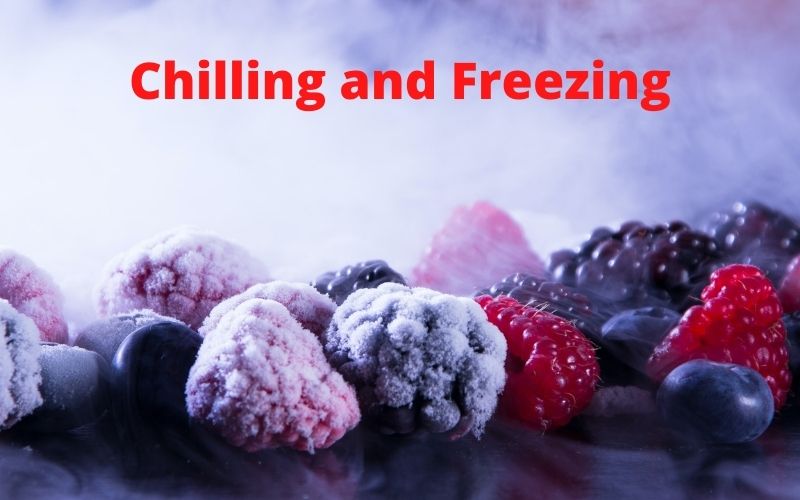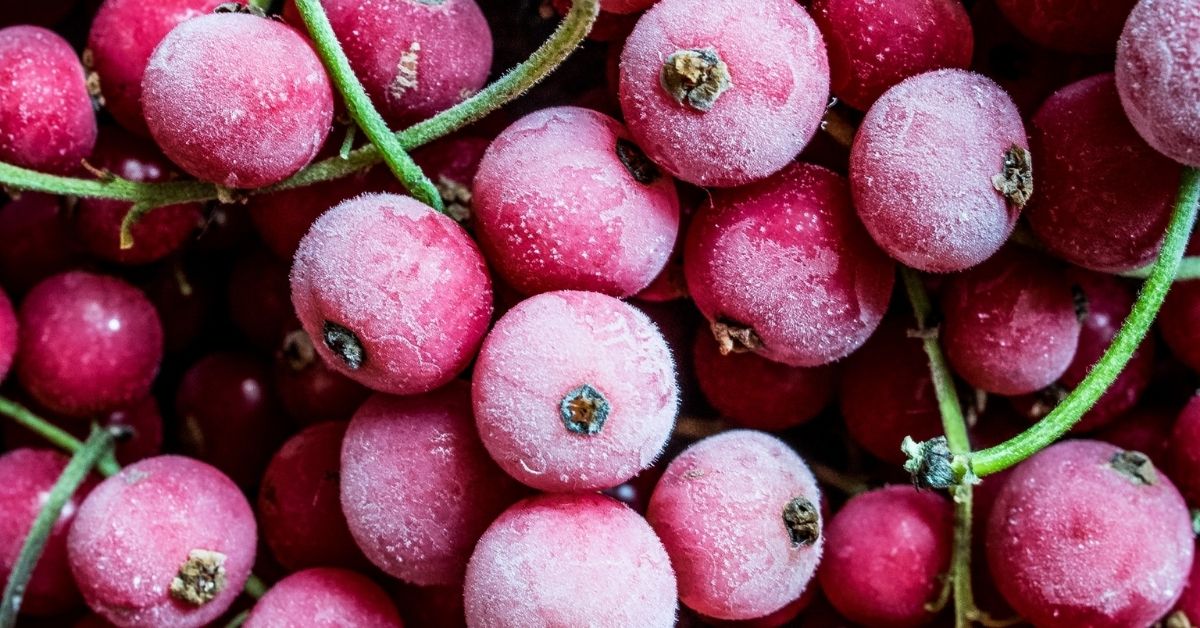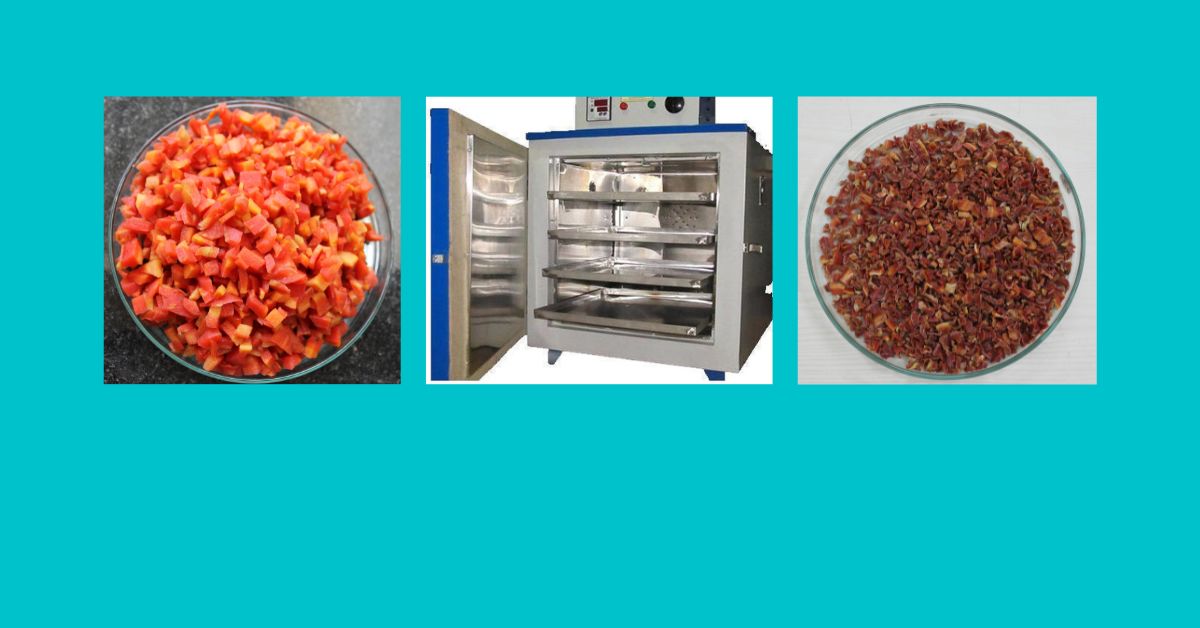What is the difference between chilling and freezing of food?
Chilling of food and freezing of food are widely used terms in food preservation subjects.
These low temperature preservation methods allow better preservation of taste and nutritional value in food when compared to other food preservation methods.

Chilling
Chilling of food/fruit/vegetables refers to rapid cooling above zero usually up to 2-4oC. Bacterial growth stopped in properly chilled food. Chilling extends the shelf life of food by reducing rate of biochemical changes and microbial activity in food. Mechanical and cryogenic refrigeration systems can be used to chill the variety of foods.
Freezing
Freezing of food and other fruits/vegetables refers to lowering the food temperature below its freezing point usually up to -180C. Freezing preservation is widely used preservation method. In freezing of foods, liquid content is converted into ice crystals. This reduces the water activity and rate of microbial growth.

Difference between Chilling and Freezing
It can say that the main difference between chilling and freezing is temperature attained by food in each process.
Chilling refers to low temperature of food while freezing of food involves food temperature below their freezing point. This freezing temperature varies food to food.
Another difference can be written according to formation of ice crystals in food samples. Chilling food does not form ice crystals whereas in freezing food, ice crystals are formed.
Finally another point for differentiate chilling and freezing is chilling is used for short term preservation of food whereas freezing is long term preservation process.




